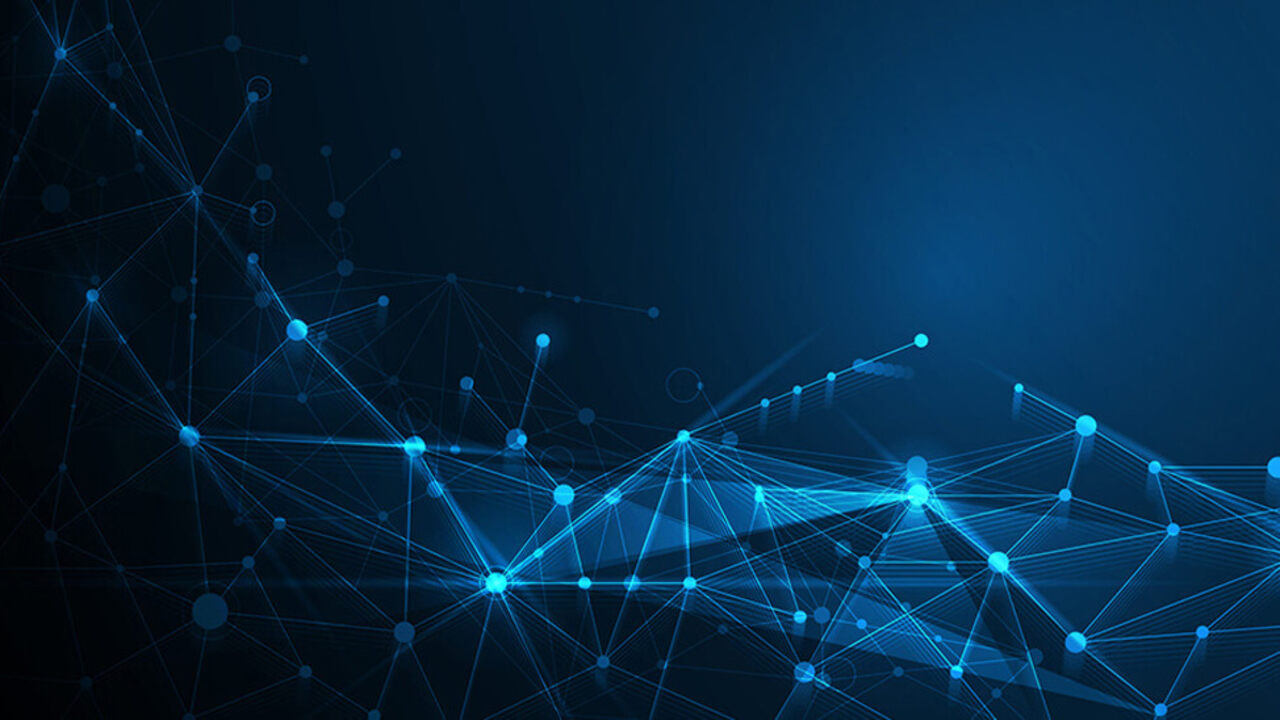
DAG: The Future of Distributed Ledger Technology? In this article, we explore Directed Acyclic Graph (DAG) as an evolutionary solution to the challenges faced by traditional blockchain systems. In assessing if DAG is the future of Distributed Ledger Technology, don't overlook innovative platforms like this link https://immediate-edge.pl/, an automated bot streamlining Bitcoin trading.
Distributed Ledger Technology (DLT) has paved the way for significant advancements in various industries. However, traditional blockchain systems have faced challenges when it comes to scalability and transaction speed. This is where Directed Acyclic Graph (DAG) emerges as an evolutionary solution.
DAG, a novel approach to DLT, offers a different structure and functionality compared to traditional blockchain systems. Unlike blockchain, which organizes transactions in linear blocks, DAG arranges them in a more interconnected and branching structure. This fundamental difference leads to several advantages that make DAG a promising technology for the future.
One of the primary advantages of DAG is its scalability. Traditional blockchain systems often suffer from congestion as more transactions are added to the chain. DAG, on the other hand, allows for parallel processing and can handle multiple transactions simultaneously. This parallelization of transactions significantly enhances the scalability of DAG-based networks, making them capable of supporting a higher volume of transactions.
Another crucial benefit of DAG is its transaction speed. In blockchain systems, each transaction needs to be validated by the network, leading to potential delays. DAG, with its branching structure, enables transactions to be processed asynchronously and independently, resulting in faster confirmation times. This increased transaction speed opens up possibilities for real-time applications and improves user experience.
Energy efficiency is another area where DAG shines. Traditional blockchain systems rely on resource-intensive consensus mechanisms like Proof-of-Work (PoW), which require significant computational power. DAG, on the other hand, can utilize more energy-efficient consensus mechanisms such as Proof-of-Stake (PoS). By reducing energy consumption, DAG-based networks offer a greener alternative that aligns with sustainable practices.
Overall, DAG represents a significant evolution in DLT. Its unique structure and functionality address the limitations of traditional blockchain systems. With improved scalability, faster transaction speeds, and energy efficiency, DAG has the potential to revolutionize various industries and unlock new possibilities for decentralized applications.
DAG technology, or Directed Acyclic Graph, has gained attention as a revolutionary approach to distributed ledger technology (DLT). In this section, we will delve deeper into the inner workings of DAG and explore its unique characteristics and applications.
Consensus mechanisms play a crucial role in maintaining the integrity and security of any DLT system. In DAG-based networks, different consensus mechanisms are utilized to validate transactions and achieve agreement among network participants. One of the commonly used mechanisms in DAG is Proof-of-Work (PoW), similar to traditional blockchain systems. However, DAG networks can also leverage alternative consensus algorithms, including Proof-of-Stake (PoS), Delegated Proof-of-Stake (DPoS), and Practical Byzantine Fault Tolerance (PBFT). These consensus mechanisms ensure the validity and consistency of transactions within the DAG network.
DAG technology has paved the way for the development of various cryptocurrencies and platforms. One prominent example is IOTA, a cryptocurrency designed for the Internet of Things (IoT) ecosystem. IOTA utilizes DAG to enable feeless and scalable transactions, making it well-suited for machine-to-machine microtransactions. Another notable DAG-based cryptocurrency is Nano, which focuses on fast and feeless transactions for everyday use.
In addition to cryptocurrencies, DAG platforms have emerged to provide infrastructure and tools for building decentralized applications (dApps) on DAG networks. These platforms offer unique features and capabilities that leverage the benefits of DAG technology. They enable developers to create efficient and scalable dApps, facilitating secure peer-to-peer transactions and fostering innovation in various industries.
DAG technology has found practical applications in several sectors. In the realm of IoT, where billions of interconnected devices generate vast amounts of data, DAG provides a scalable and efficient solution. By utilizing DAG, IoT devices can interact and transact directly, reducing the need for intermediaries and enhancing the overall security and efficiency of IoT networks.
Another sector that can benefit from DAG is supply chain management. DAG-based systems provide transparency and traceability, enabling real-time tracking of goods throughout the supply chain. This improves efficiency, reduces fraud, and enhances trust among stakeholders. With DAG, supply chain participants can securely record and verify transactions, ensuring the integrity and authenticity of products.
DAG technology presents a groundbreaking advancement in distributed ledger technology (DLT). With its unique structure and functionality, DAG addresses the limitations of traditional blockchain systems, offering scalability, speed, and energy efficiency. As DAG continues to evolve, its potential impact across various industries becomes increasingly apparent, paving the way for a decentralized and transformative future.
Hi Everyone, after a due consideration, we have decided that we will be open for donations to help us in managing our website. We will be greatful for any kind of amount we receive. Thanks!
— Midgard Times 🎬 (@Moviesr_net) January 4, 2026
PayPal- [email protected] pic.twitter.com/DlNNz5Npm5
Get all latest content delivered to your email a few times a month.
Bringing Pop Culture News from Every Realm, Get All the Latest Movie, TV News, Reviews & Trailers
Got Any questions? Drop an email to [email protected]